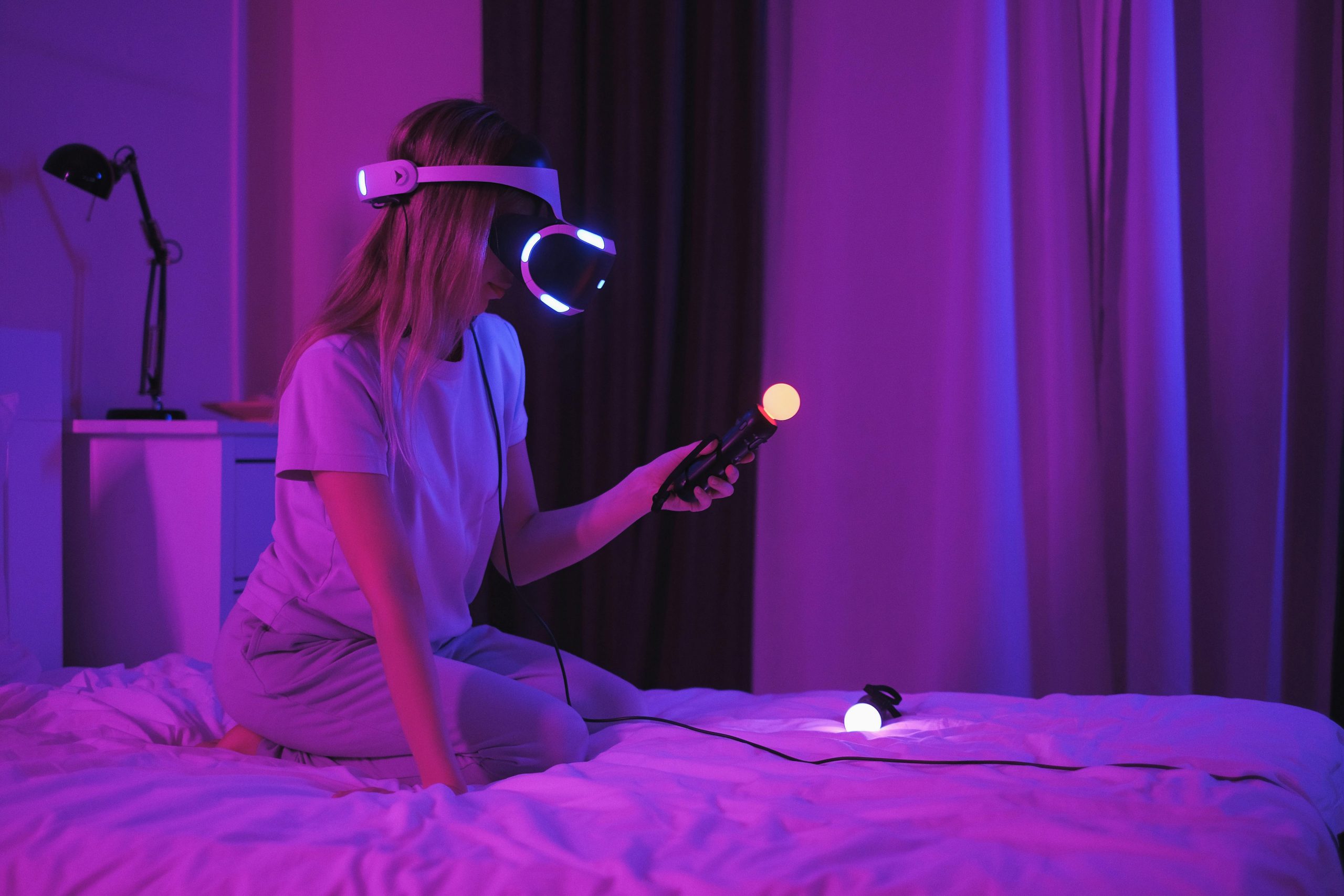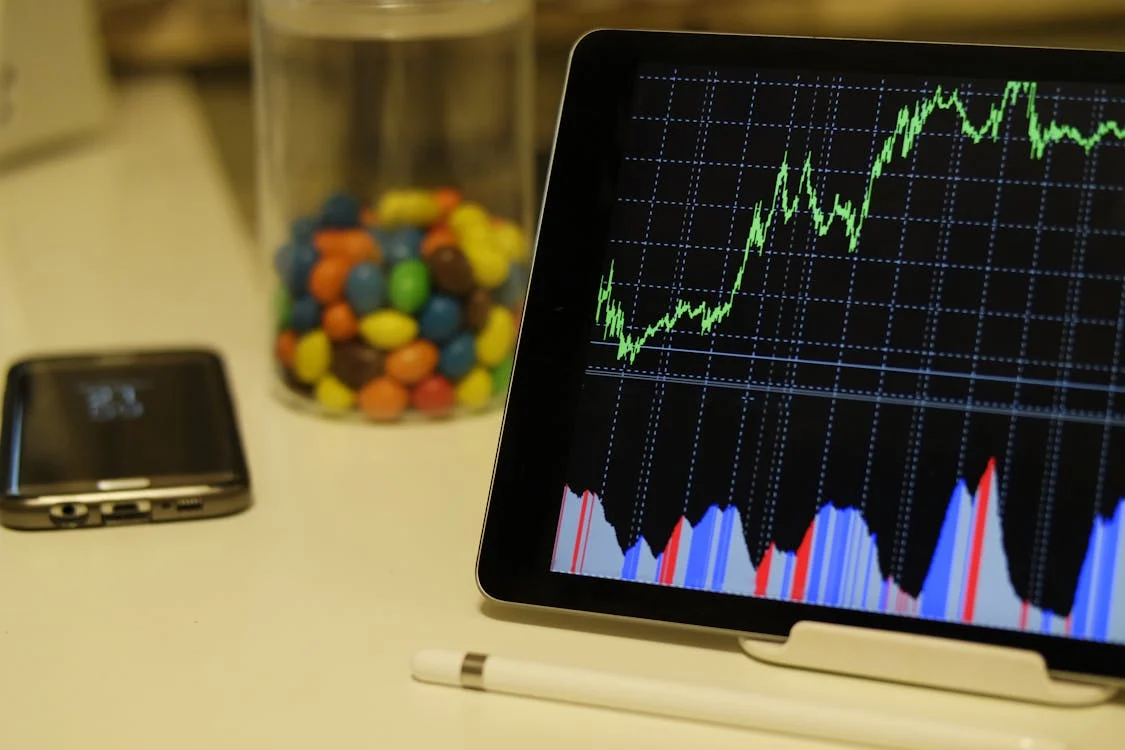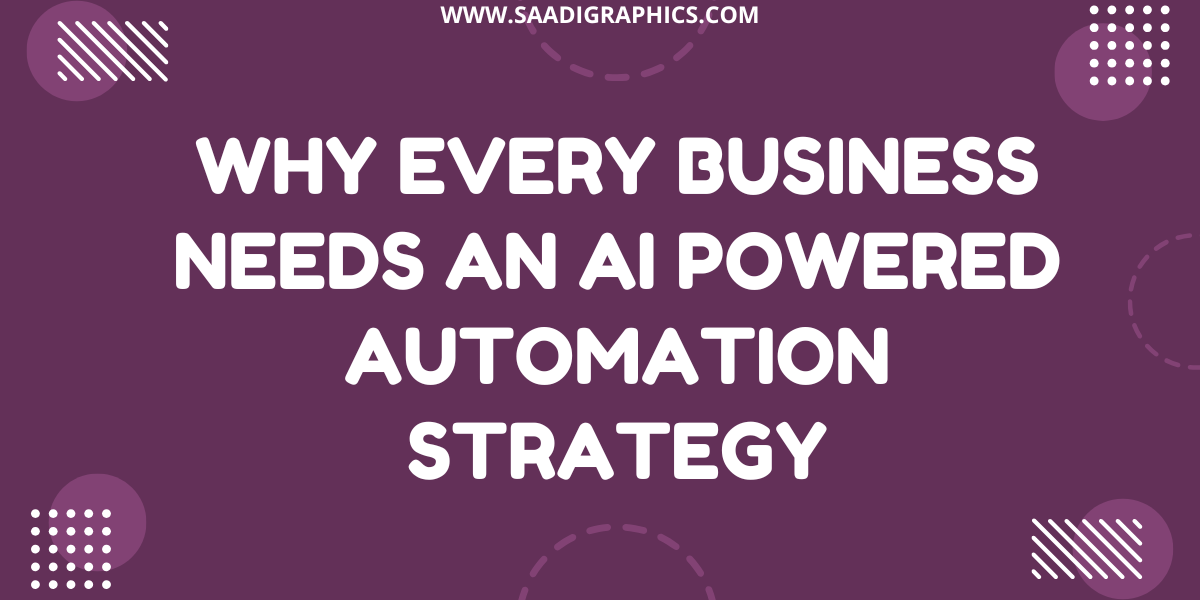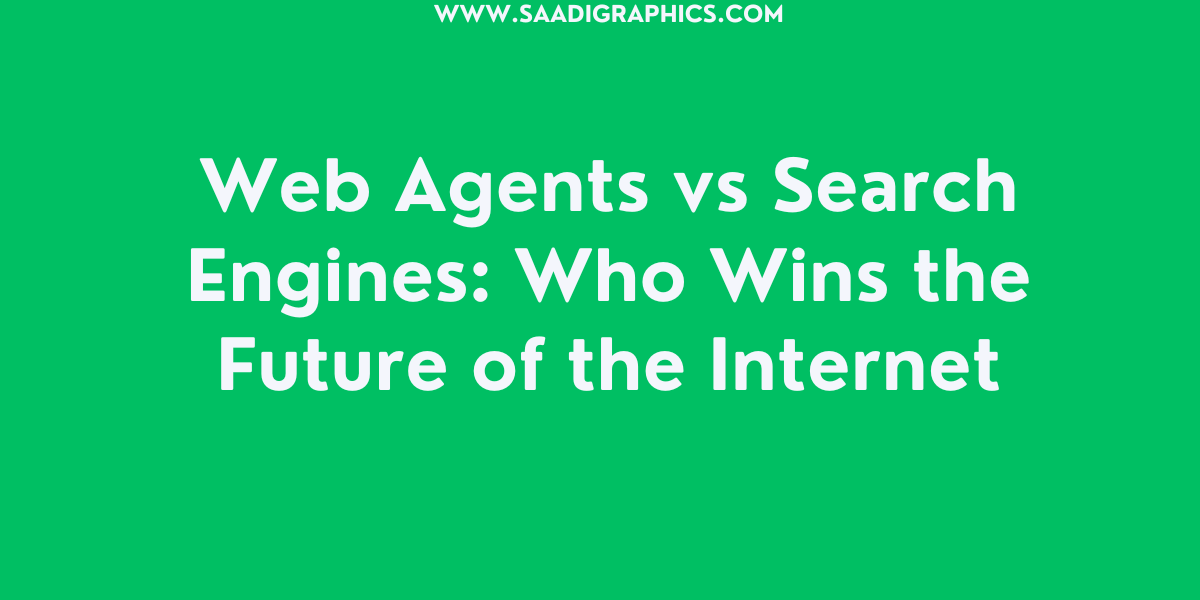In the healthcare industry, healthcare technology is helping us make quick improvements in how we stay healthy. Home care used to be limited to basic monitoring, but now it’s a hub of new ideas that enable people to take ownership of their health from the comfort of their own homes. Wearables and AI-powered diagnostics are two examples of healthcare technologies that make it easier to get the care you need at home and make it more tailored to each person. This essay discusses how these changes are affecting care at home and what the future holds for this big transition.

The Growth of Home Health Care
More and more individuals are preferring to obtain treatment at home for many reasons, including the fact that the population is getting older, healthcare costs are going up, and people want things to be easier. Healthcare technology satisfies these needs by letting people with long-term illnesses like diabetes or high blood pressure keep an eye on their health without having to go to the hospital all the time. This improvement saves time and makes things easier for healthcare systems. Because of the utilization of healthcare technology, which provides customers greater control over their health outcomes, at-home care is starting to compete with traditional medical institutions.
Wear specks of technology that keep an eye on your health in real time
Wearable healthcare technologies like smartwatches and biosensors are changing how we keep track of our health. These devices can quickly monitor things like blood sugar levels, heart rate, and even blood oxygen levels. For example, a smart patch can let a diabetic person know when they need insulin, which can help them prevent emergencies. Wearable gear links to apps on your phone and gives you important information that helps you take charge of your health. Patients learn about and use this medical technology, which means fewer in-person exams are needed.
Using virtual care to make up for what telemedicine can’t do
A key part of medical technology is telemedicine, which lets people get care from home. People who live far away or have trouble moving about can get medical help through video calls. Patients can now talk to doctors from anywhere. Telemedicine will get better in the future. For example, 5G-enabled virtual reality will make it easier to make accurate diagnoses from a distance. This medical equipment makes sure that treatments are given quickly, which helps patients get better and cuts down on treatment delays. This is a game changer for anyone who desires easy, high-quality care.
Household Diagnostics: AI-Powered Accuracy
AI is changing how we take care of ourselves at home by using data from wearables and home testing kits. AI-powered medical equipment can discover early signs of ailments like heart disease or respiratory problems by looking for patterns in data. An AI system might, for instance, look at heartbeats that aren’t regular to find problems before they develop By tailoring each patient’s treatment plan, these technologies help make sure that they get the right therapy. Healthcare technology is a good tool for preventive care because it is very accurate.
Giving health care in common situations using smart home devices
Picture a bathroom mirror that looks for symptoms of illness on your face or a toilet that looks for indicators of illness in your pee. Smart home healthcare technology makes it easier for more people to keep an eye on their health. Robots that hand out pills remind patients to take their meds and let caregivers know if a dose is missed. These tools make it easy and uncomplicated to look after someone at home. More devices around the house will be able to monitor your health as medical technology improves. This will make it easier to keep track of it.
Help with mental health and getting better from a distance
Technology in health care makes it easier to get healthy and is good for both your body and mind. People who have been hurt or had surgery can use virtual reality (VR) therapy to learn how to do physical tasks at home. Chatbots and mental health apps that use AI can tell when your mood changes by looking at what you say or write and give you help right away. These things promote mental health by making therapy easier to get to and lessening the stigma around it.This health plan makes sure that every part of the body and mind gets the treatment it needs.

Things are easier to reach when they are designed well.
Healthcare technology needs to be easy to use for at-home care to work. Developers are focused on making interfaces that are easy to use and look good to older people in particular. Voice-activated devices and apps that are easy to use have made it so that people who aren’t particularly good with technology can now use healthcare technology. Customer service and education can help close the gap and make it easier to get care at home. Accessibility is very crucial so that everyone who needs it can use healthcare technology.
Data Security: How to Keep Your Medical Records Safe
It’s really important to keep data safe since people use medical devices that are connected to the internet for home health care. The system is safer because it combines blockchain and advanced encryption to keep private health information safe. Patients may feel safe talking to doctors because they assume their privacy will be protected. HIPAA and other rules make ensuring that healthcare technology is of high quality. Because they focus on safety, at-home care solutions are more likely to be used, which makes them a dependable part of healthcare.
Overcoming problems with adoption
Even if it has a lot of potential, home care is hard for medical technology. Advanced technologies may be too expensive for certain people to buy, especially in countries where people don’t make a lot of money. Some patients don’t know much about technology, therefore they need to learn how to use it. Healthcare developers and vendors need to give cheap solutions and training for consumers to fix these problems. Working with the government and NGOs can help make sure that everyone has fair access to medical technologies and that more individuals can get care at home.
How home care makes connections
5G and speed internet are making it easier for people to get home healthcare. Wearable tech, smart devices, and telemedicine platforms all work better when they can communicate with each other easily. For example, during a virtual appointment, a doctor can get real-time data from a wearable right away. As more people throughout the world get access to the internet, more homes will be able to use healthcare technologies. This will help patients get better and fix problems with how healthcare is supplied.
Giving Patients Information to Help Them
Healthcare technology helps patients by letting them see their health information. People can learn about their health problems and be pushed to improve their habits by using wearable apps that read data. For instance, someone with high blood pressure would change their diet if they could see their blood pressure in real time. When patients receive this information, they become active partners in their care, which makes them more responsible. Health technology makes therapy at home more proactive by making health information available to everyone.
What Care at Home Will Be Like in the Future
Because of new medical technologies, it looks like at-home care will have a bright future. In the future, there might be robots that can help with chores around the house and gene-editing technologies that might make medicines just for you. These changes will make hospitals less relevant since they will make it easier to get treatment at home. As healthcare technology gets better and becomes more common in everyday life, it will make healthcare easier to navigate and focus on prevention and personalization.
Things that are good and bad
Healthcare technology has a lot of potential, but it needs people to work together to succeed. Governments, IT businesses, and healthcare providers all need to work together to solve problems with cost, access, and training. Pilot projects and subsidies can lower the cost of the technology, while public awareness campaigns can help people start using it. By fixing these problems, healthcare technology can make sure that at-home care meets its full potential and affects lives all around the world.
Take charge of your health right now.
Technology is making home health care more precise, useful, and powerful. Wearables and AI diagnostics are two examples of devices that can help you take responsibility of your health. Technology will play a bigger role in everyday life as it grows better. This will be good for your health. Are you ready to say hello to what’s coming? Take a look at how medical technology can make it easier for you to get care at home right now!




